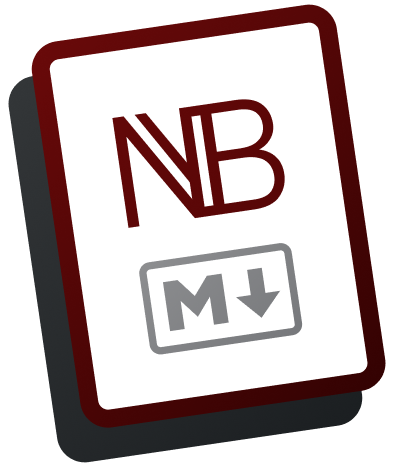Hosting
Before anything else, you need to make sure that you go to the firebase console and start a new project.
Make sure that you have the firebase command line tools installed.
sudo npm install -g firebase-toolsWARNING
If you are on a Linux, you need to be using NVM, not Node from the Software store. If you are using NVM, you do not need to include sudo in your command.
Log in to Firebase.
firebase loginThis will open up a webpage where you select your account and log in. Select Allow to give Firebase the propper permissions. Once authenticated, you can go back to the code editor. You may only need to do this once per computer.
Initiate your Project
cd into your root directory in the terminal, and type in the following command:
firebase initThis CLI will ask multiple questions. Follow the instructions there depending on what end result you are hoping for.
Deploy
If you want to double check the functionality of the project before deploying, run the following command.
firebase serveWhen you are ready to push the site live, run:
firebase deployor to leave a message for the deploy (viewd in the console under versions), run:
firebase deploy -m "Deploying the best new feature ever."Set Up Staging and Production Sites
In the firebase console in your browser, head to the hosting section. Add a new site to your project. If you are just creating a site without a database, you don't need to create a new project. When you create the site, be sure to call it something like project-name-stage. You should then have two sites, one with the name of the project, and another staging site.
WARNING
If you have already initialized hosting for the website without the staging site, you first need to go back and delete the .firebase directory, as well as firebase.json and .firebaserc files. There was something cached there that caused issues.
Configuring Staging and Production
Initialize your project again, then head over to the firebase documentation and follow the instructions for setting up deploy targets for both sites.
The Firebase CLI commands for setting up your deploy targets should look like the following:
firebase target:apply hosting prod project-name
firebase target:apply hosting stage project-name-stageYour .firebaserc file should look like the following:
{
"projects": {
"default": "project-name"
},
"targets": {
"project-name": {
"hosting": {
"prod": [
"project-name"
],
"stage": [
"project-name-stage"
]
}
}
}
}And your firebase.json file should look like the following:
{
"hosting": [
{
"target": "prod",
"public": "dist",
"ignore": [
"firebase.json",
"**/.*",
"**/node_modules/**"
]
},
{
"target": "stage",
"public": "dist",
"ignore": [
"firebase.json",
"**/.*",
"**/node_modules/**"
]
}
]
}Deploying Staging and Production
There are three scripts that you will need to know.
firebase deploy- This will deploy both the staging and development environmentsfirebase deploy --only hosting:prod- Deploy just to the production sitefirebase deploy --only hosting:stage- Deploy just to the staging site- Append
-m "Deploy Messagefor leaving a message
- Append
TIP
Add a npm script for each.
Ex. "stage": "firebase deploy --only hosting:stage" and run npm run stage or npm run stage -- -m "Deploy Message".
Connect Domain
If you want to deploy from soemthing other than *.firebaseapp.com or *.web.app you can connect to a specific domain. In the Hosting console in Firebase, click the button that says Connect domain.
- Enter the domain
- Verify ownership
- Go to the Domain DNS page, and enter the resource record types provided
- Go live. This might take up to a day, but typically takes 20 minutes, more or less.
The DNS page might look something like this:
| Name | Type | TTL | Data |
|---|---|---|---|
| @ | A | 1h | 151.101.1.195 151.101.65.195 |
| www | A | 1h | 151.101.1.195 151.101.65.195 |
| foo | A | 1h | 151.101.1.195 151.101.65.195 |
In this example, the @ would be bar.com, www would be www.bar.com, and foo would be foo.bar.com.
Redirects
"type": 302 is a temporary redirect, where "type": 301 is a permenant redirect. If you use a 301 redirect for a temporaty purpose, you may end up with seo issues.
"redirects": [
{
"source": "/about",
"destination": "/",
"type": 301
},
{
"source": "/contact",
"destination": "/",
"type": 302
},
] Documentation
Documentation